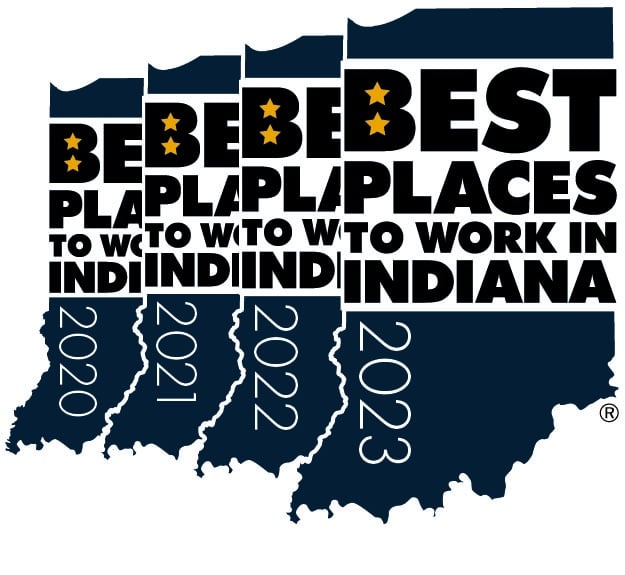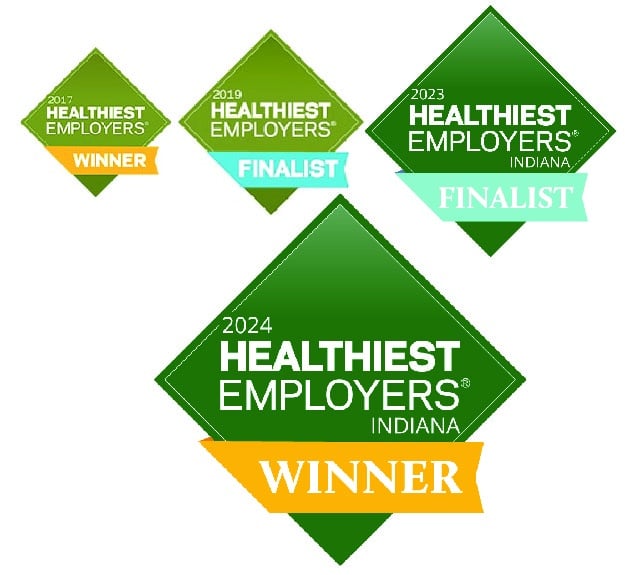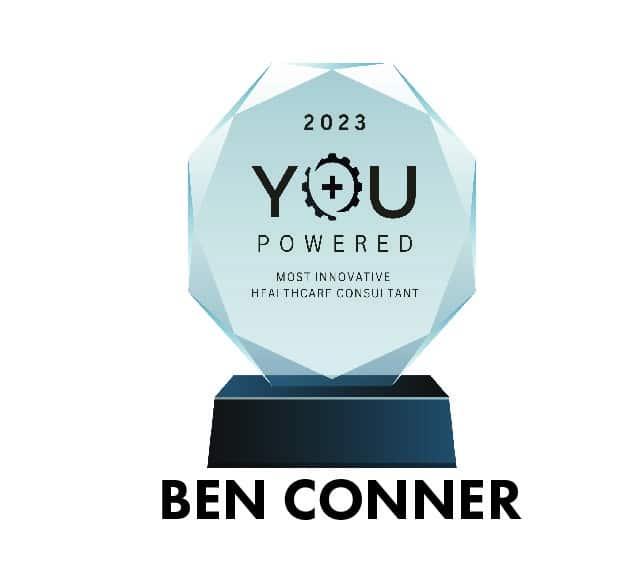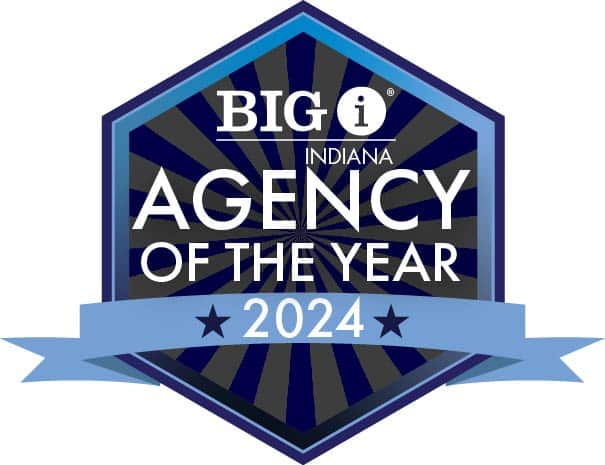The $320,000 Bassinet: My Adventures Through the NICU
The fourth quarter of 2020 was especially challenging for my family and my team. My daughter was born eight-weeks early and would need a 66 day stint in the NICU (Neonatal Intensive Care Unit).
I say this was challenging for my team because we’re all family-minded people, so if someone we know is facing a situation like mine, we are naturally worried and concerned. On top of that empathy, the fourth quarter is traditionally the busiest time of the year for our industry. Even when COVID is not a factor, 80% of employers renew on January 1st, making the fourth quarter a sprint to finalize key details to meet that deadline.
My Family’s Healthcare Experience
This story has a happy ending for my daughter. The care and attention we received from nurses, doctors, and the rest of the hospital staff was incredible. We’ve even become Facebook friends with a few of them because we spent so much time together.
Our family will be forever grateful for them, and I want that distinction between care and the way our healthcare system manages costs to be clear. Here in Indiana, our health care professionals are amazing people. The way the system bills patients for expenses is not amazing.
As we counted the days in the NICU, we knew we had a big bill coming up. Here’s how it broke down:
- $320,000 bill sent to Anthem, from the hospital facility
- $30,000 bill sent to Anthem for physician charges
The physicians were money well-spent, of course. All of the charges that weren’t for a physician? Well, though our daughter needed to be in the NICU as a precaution, she seemed like the healthiest baby in the NICU. Sure, she needed a heart rate monitor, an oxygen monitor, and Neosure (a nutrition supplement to help babies grow, $32 for 23 ounces at Walmart), but beyond the general monitoring of a professional team, she was not in constant need of expensive medications or complicated procedures.
She sat in her bassinet, eating, sleeping, and growing. In my mind, that’s a really fancy hotel stay. A $320,000 bassinet, in other words.
The Numbers
Indiana has one of the highest costs for health care in the United States. Private insurance usually pays 340% over Medicare in terms of costs, according to the RAND 3.0 Study that was completed by the RAND Corporation in partnership with the Employer Forum of Indiana to uncover the true cost of healthcare in Indiana and across the country. Medicare, since it is a federal program, has more negotiating power due to the fact they can price based on actual cost data and have less incentive to inflate costs, so a Medicare reimbursement is more based on the actual costs of care as submitted by health care facilities.
That’s a 340% markup on top of a base, and the bulk of that does not go to the staff providing care.
One of our speakers at our recent conference, which you can still watch, shared Indiana physicians are typically reimbursed 150% of Medicare while medical facilities get 340% under private insurance.
With the baseline costs of some medical procedures, that markup leads to enormous leaps in expenses for patients and their families. I am fortunate that our plan was structured in a way that I only had to meet our family deductible, and the health plan had to make up the difference.
At the same time, however, I have to recognize that I am in a very unique position. I run a successful business and am surrounded every day (sometimes virtually) by great people who were willing to pick up my slack so I could be present for my family. For the average American worker with typical coverage, 66 days without work and a giant bill afterward would be devastating on multiple fronts. Even if they can afford to max their deductible in one shot, the out of pocket maximum is unlikely to cover the full costs.
Taking Back Control of Healthcare Expenses
The way insurance companies profit on healthcare has been out of control for decades. Could your average employee afford the costs that I faced? Do they even have a fighting chance? Beyond what that would do to them personally, won’t that experience ripple through the rest of your employees who are close to that person?
Those are big consequences for everyone. You included. We have the power to change this dynamic, but we need to be open to more innovative approaches to benefits. If you’ve been connected with me for any length of time, you know that this is my passion.
The way insurance companies, hospital facilities, pharmacy benefit managers, etc. profit on healthcare has been out of control for decades. Could your average employee afford the costs that I faced? Do they even have a fighting chance?












